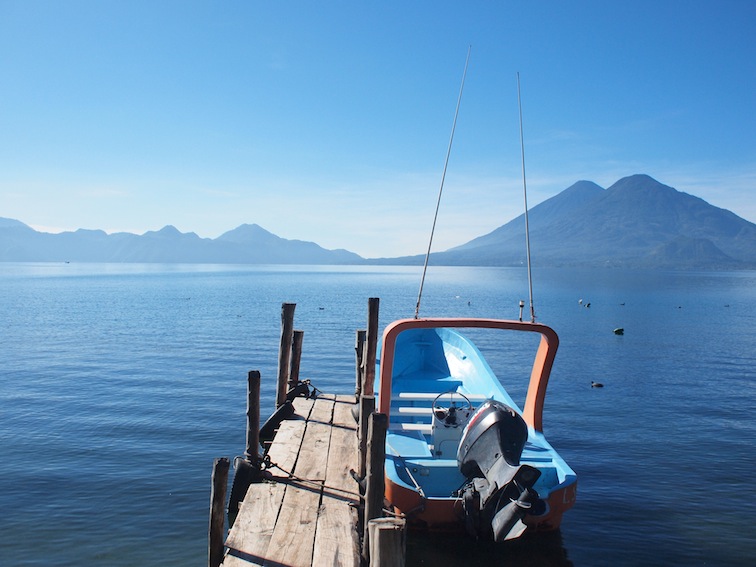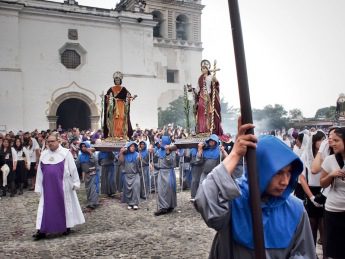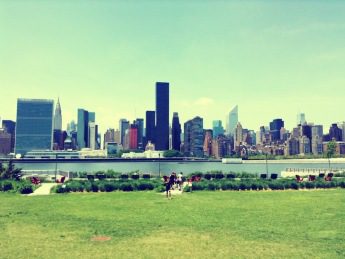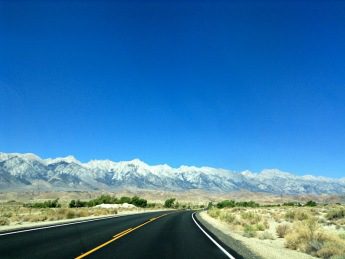Introducing Panajachel
In the evening of the 15th of November 2013, still reeling from the cozy hospitality and unique beauty of Mexico, we found ourselves suddenly surrounded by flashy tuk-tuks, rising dust and the smells and sounds we’ve come to associate with the Asian side of the world.
Tired, dazed and somewhat confused, we ambled through a chaotic street lined with bars, restaurants and textile stalls, all brimming with the shuffle of feet and the merry jostling of bottles spilling alcohol. Where were we?
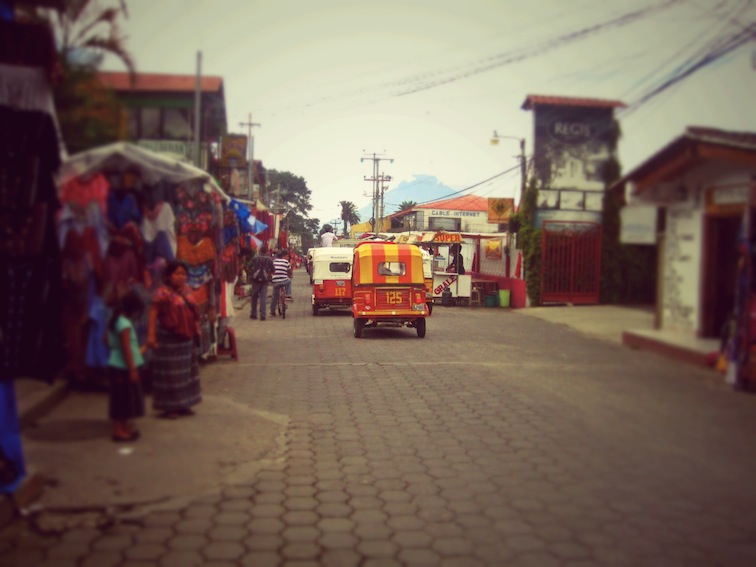
Calle Santander
We had just arrived in Panajachel, a small yet bustling town on the Northeast shore of the deepest lake in Central America – Lake Atitlán, high up in the Guatemalan highlands.
Although currently swarming with foreign and local tourists, Panajachel still retains a traditional charm, owing to the many indigenous Mayan people selling their multicolored wares in every corner of town, riding on the back of “fletes” (pickups), sitting inside colorful chicken buses or walking briskly while talking in their own Tz’utujil or Kaqchikel languages.
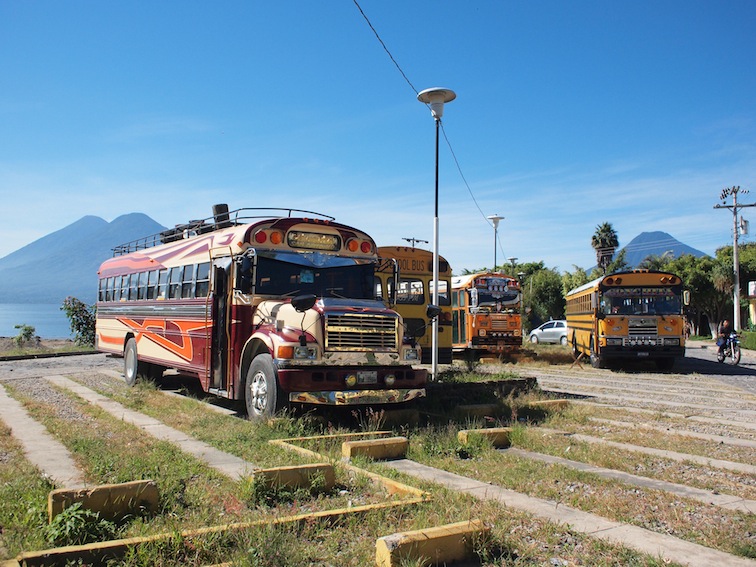
Chicken buses
Most of the tourist action takes place along Calle Santander, all the way to the docks where shuttle boats (“lanchas”) depart towards the various towns scattered around Lake Atitlán. Food abounds, and so do rushing tuk-tuks, smiling Mayan ladies with baskets in their heads and the odd “gringo” shouting something unintelligible.
A bit further uptown the tourist hordes dwindle to a trickle, as the shadows of the old St. Francis church loom over a mostly quiet plaza facing the derelict bell hanging idly from the towering belfry.
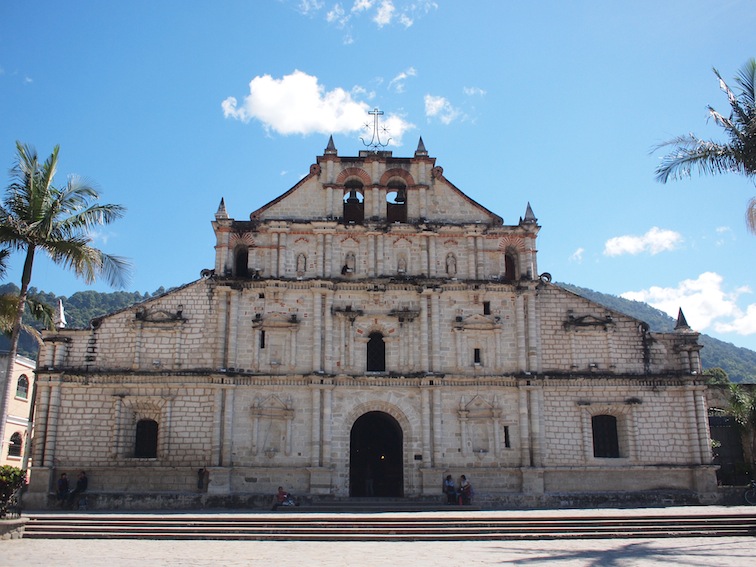
St Francis church
Nearby stands the local market, which immediately reminded us of our recurring Mexican shopping sprees. Fruit and vegetable stalls already line the street leading to the market, but it’s inside where the sprawling flavors of Guatemala spring into full sensual force. Markets continue to be one of our favorite places to roam in our travels, and this was no exception.
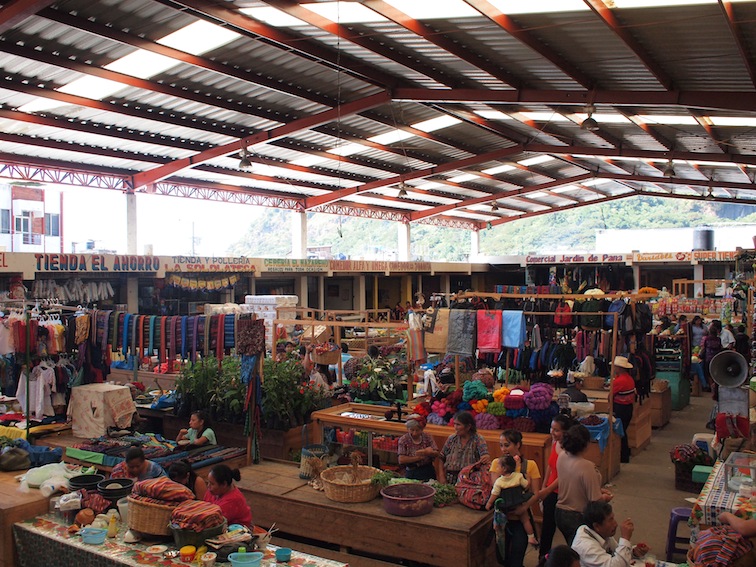
Panajachel Market
Nonetheless, the most renowned feature of Panajachel is still the immense waters and imposing volcanoes of Lake Atitlán. After hearing so much praise from fellow travelers, we were curious (and also apprehensive) to see for ourselves if Aldous Huxley’s statement of it being “too much of a good thing” was indeed true.
The least we could say is that it did not disappoint. It is one of the most breathtaking landscapes we have encountered in our journeys through our extraordinary world, and fully deserving of its fame.
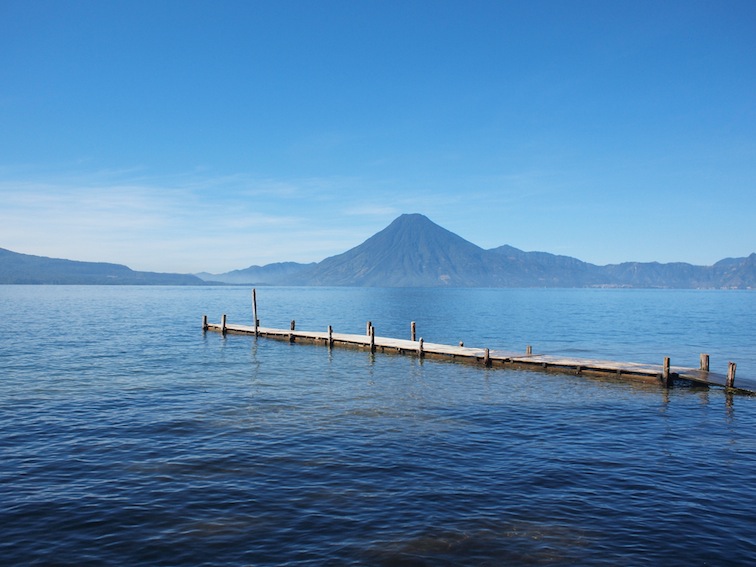
However, its serene waters can be mischievous, since it is common for a wind known as Xocomil to suddenly rise around midday, strong enough to carry away sin (at least according to the word’s Kaqchikel etymology) and transforming the lake into a swirling frenzy of waves.
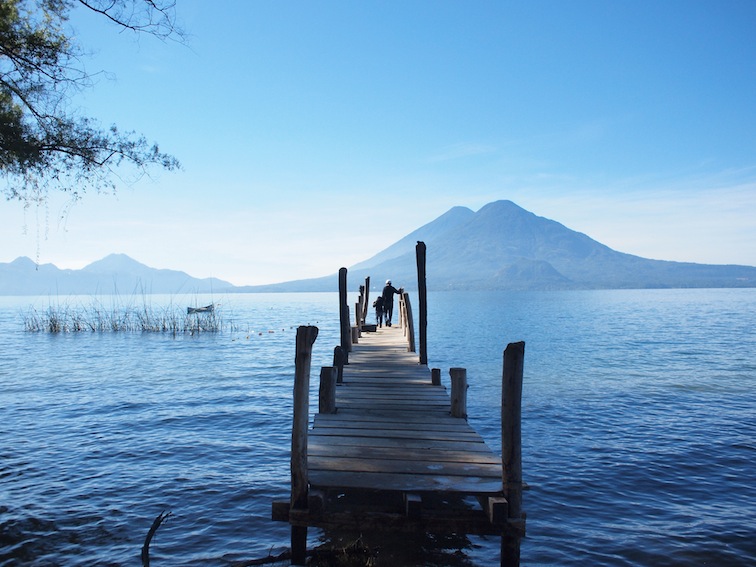
Every time we walk through Panajachel we end up by the lake’s shore, gawking in awe as bewitching clouds slowly engulf the San Pedro volcano, making it appear as though it was silently erupting. Standing seemingly parallel are the Amitlán and Atitlán volcanoes, formidable twins who have remained active but so far soundless.
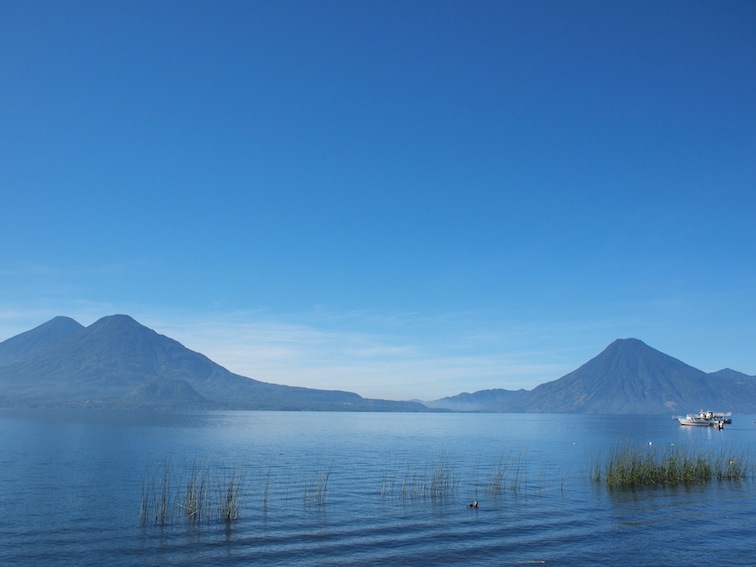
Tourists and locals alike stroll through the lakeside from dawn to dusk, licking ice-creams shaped like umbrellas and passing by steady hands weaving richly-decorated sashes.
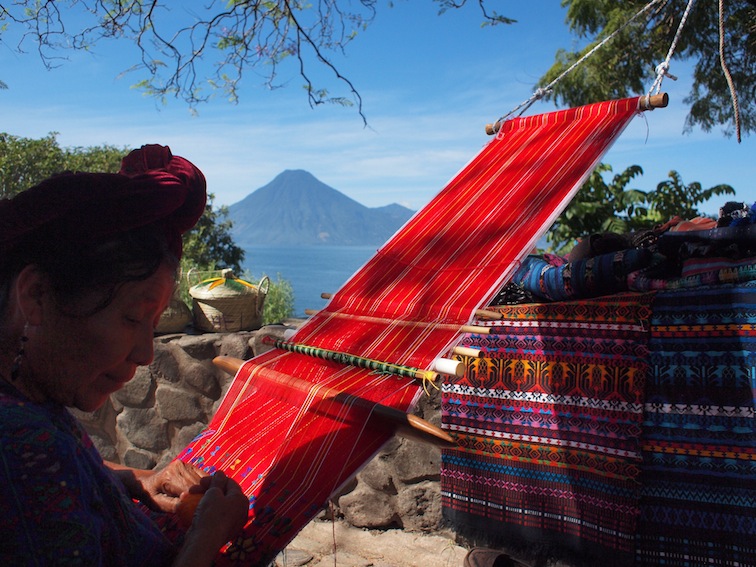
Panajachel has so far been a lovely introduction to Guatemala, a vast country we are looking forward to discover. For now, we’ll continue to explore the shores of Lake Atitlán and the myriad stories it certainly holds, one boat ride at a time. Who’s coming?
